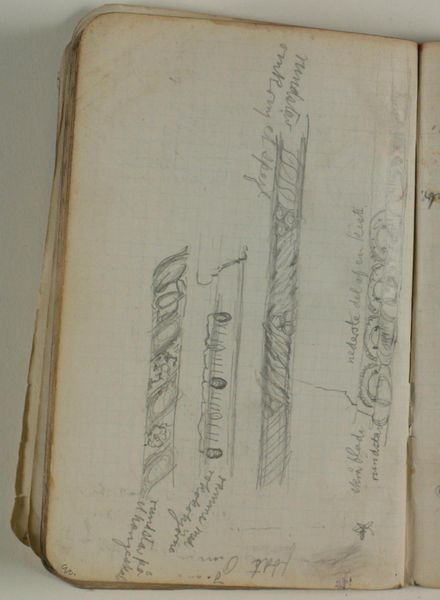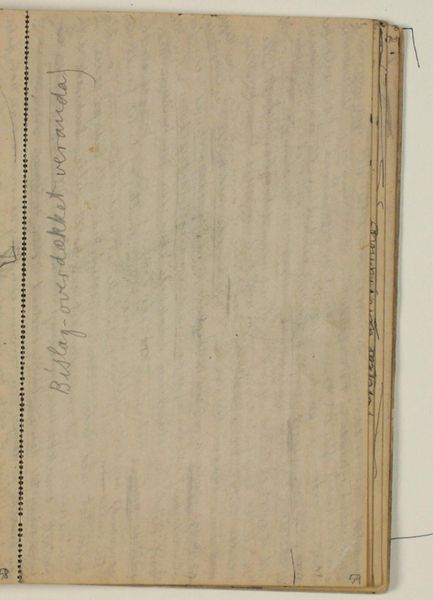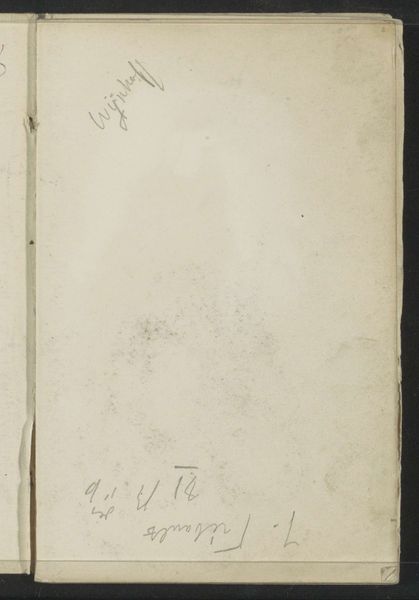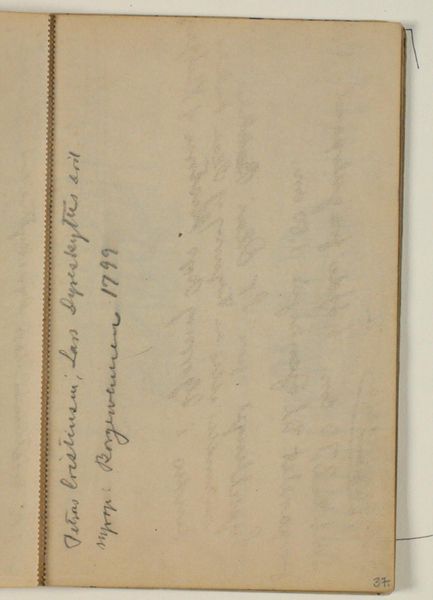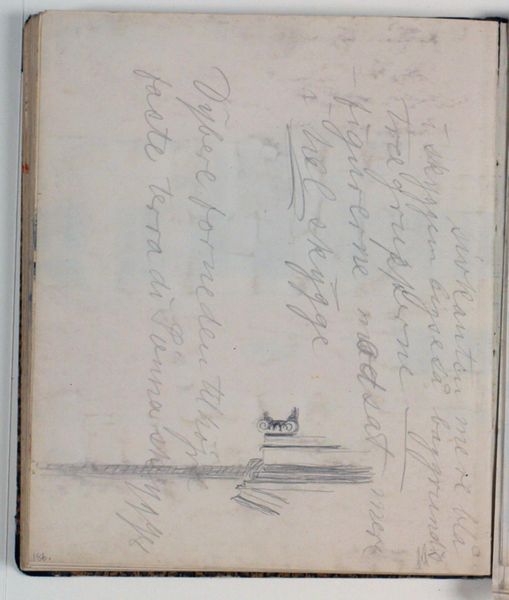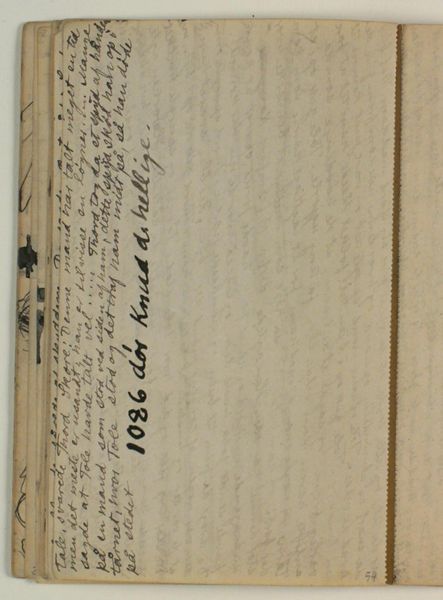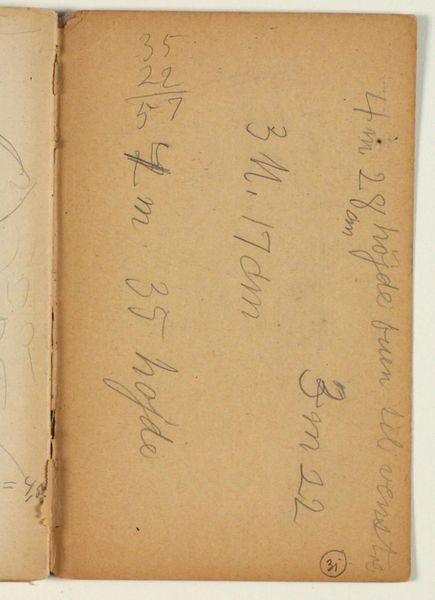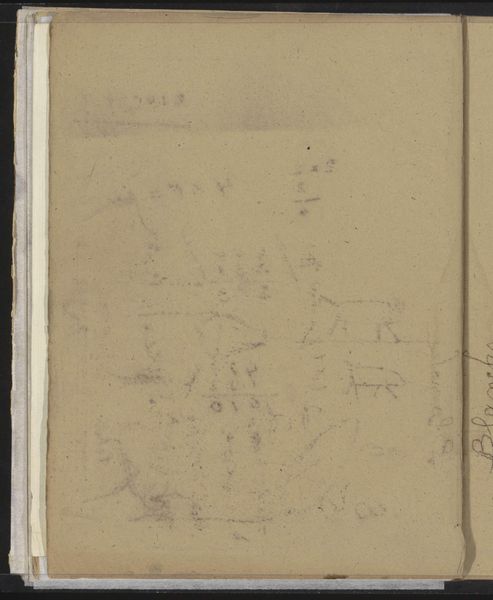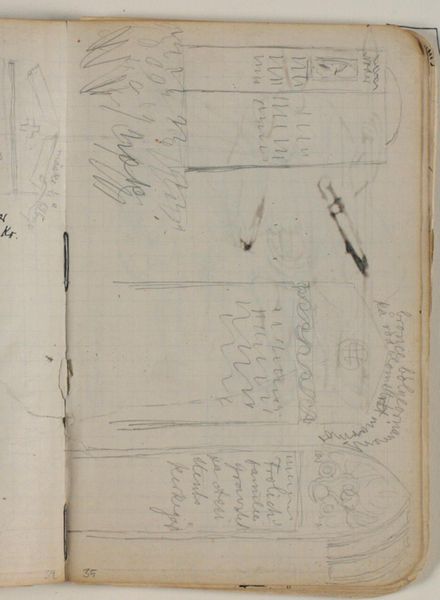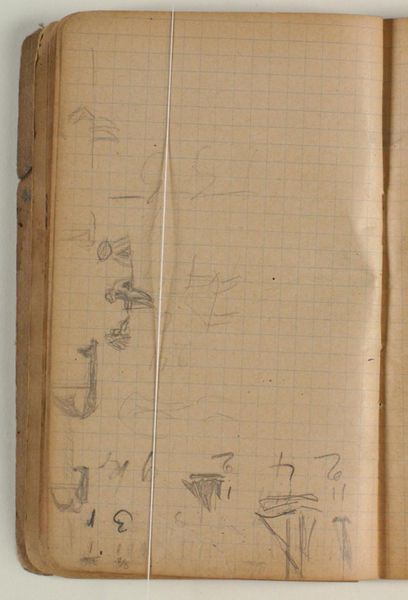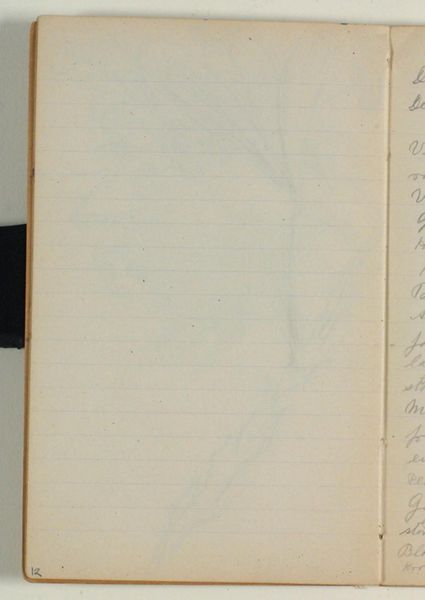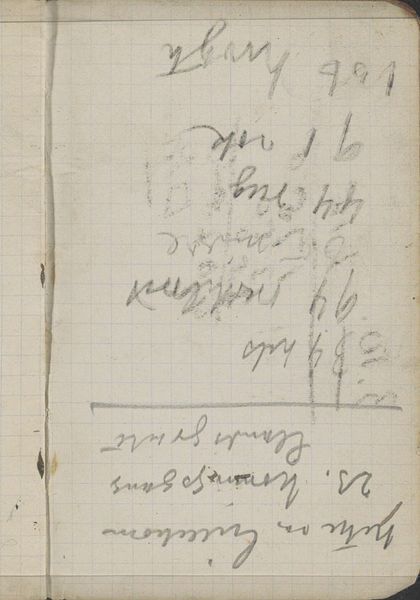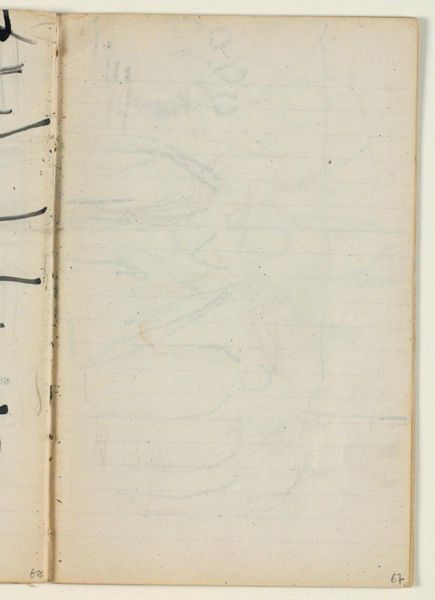
drawing, paper, pencil
#
portrait
#
drawing
#
figuration
#
paper
#
pencil
#
symbolism
#
early-renaissance
Dimensions: 169 mm (height) x 109 mm (width) x 5 mm (depth) (monteringsmaal), 169 mm (height) x 109 mm (width) (bladmaal)
Curator: Here we have Niels Larsen Stevns' "Figurskitse," a pencil drawing on paper from the period of 1905 to 1907. It resides here with us at the SMK, Statens Museum for Kunst. Editor: The sketch appears quite fragile. The ephemeral quality of the pencil lines combined with what looks like the lined pages of a notebook, give the impression of fleeting insight, a concept just taking shape. Curator: The tentative nature speaks to something deeper. Stevns' involvement in Symbolism pushes us to think about the very construction of identity. This simple figuration challenges traditional notions of representation, inviting contemplation on how we portray ourselves and others within the political frameworks of the early 20th century. The early renaissance style hints at this kind of deep questioning of what it means to see and to be. Editor: You're right; that fragility also has a strange weight, an ancient feel. I can almost see it as a preliminary study for a devotional image. The simple lines of the figure carry a burden of representation through cultural memory, like the barest icon hinting at something vast and unseen. Curator: Absolutely. And understanding the artistic milieu in which Stevns worked provides insight into his motives. Early 20th-century art grappled with issues of class, gender and emerging political ideologies, and "Figurskitse" engages with these discussions by simplifying the figure to its most essential form. It questions who gets represented, and how. The notebook adds the feeling of someone on the run, needing to get away from oppressive ideologies in order to take a moment for expression. Editor: And this raw simplicity makes it potent. The very lack of adornment forces us to confront the symbolic power inherent in the human form itself. Even without color or detail, this drawing has presence, almost like a spirit, evoking both vulnerability and enduring strength. Curator: I agree. What seems like a rudimentary drawing becomes a testament to how art can challenge societal norms and question what, exactly, the social norms are, in those first moments when things begin to shift. Editor: Exactly, it speaks volumes despite its quiet appearance. "Figurskitse" remains a study, open to interpretation, resonating long after its creation.
Comments
No comments
Be the first to comment and join the conversation on the ultimate creative platform.
